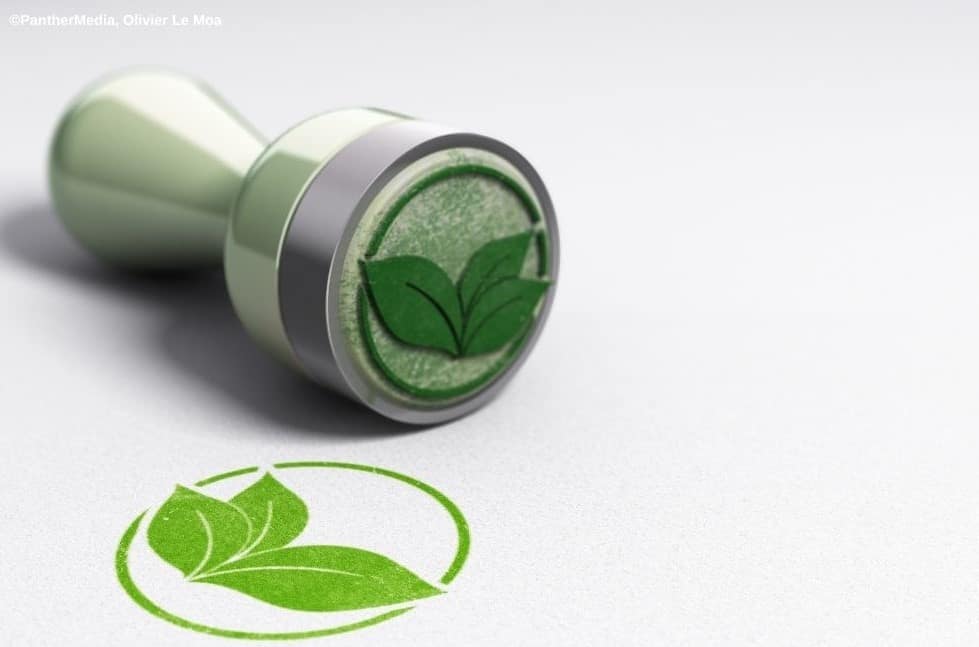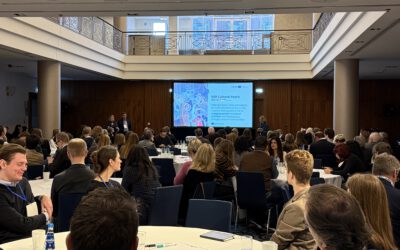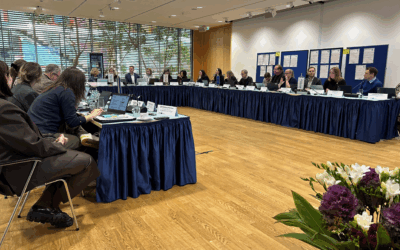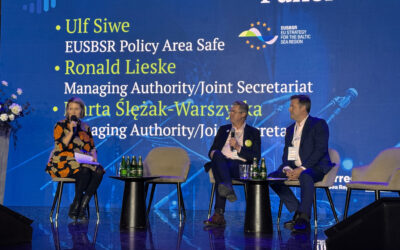80 % of the environmental impact of a product is determined during the design phase. This means that key decisions for a circular model of production are taken during this early stage. It is thus fundamental to act as early as possible to create products with a sustainable lifecycle which minimise waste. This is what our #MadeWithInterreg project EcoDesign Circle did by bringing together design centres, professionals, companies, and lecturers from eight countries in the Baltic Sea Region to increase their understanding of and capacities in ecodesign.
Are you curious to learn more about what ecodesign truly means and how our project contributed to it? Then don’t miss the video that the EU Commission’s Directorate-General for Regional Policy in cooperation with Euronews developed on the project within the ‘Smart Regions’ campaign. You can watch it below!
If you want to get even more information on the achievements of Ecodesign Circle and the follow-up project EcoDesign Circle 4.0, you should check our project library.
We have also written a story on this project, which you can read on our website.







